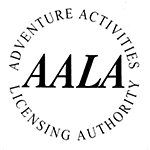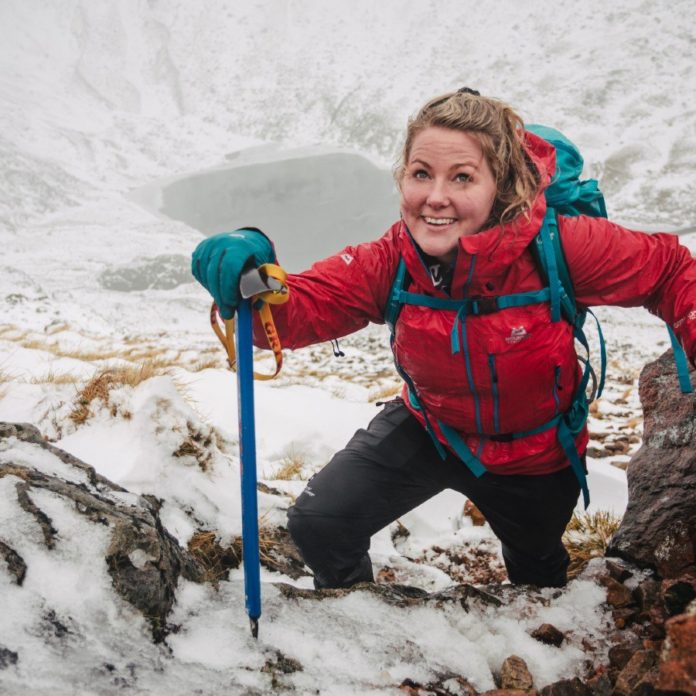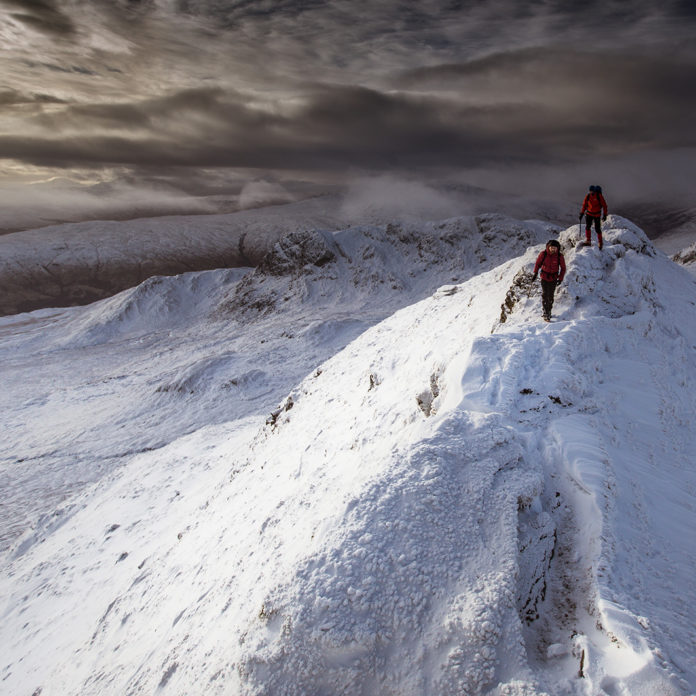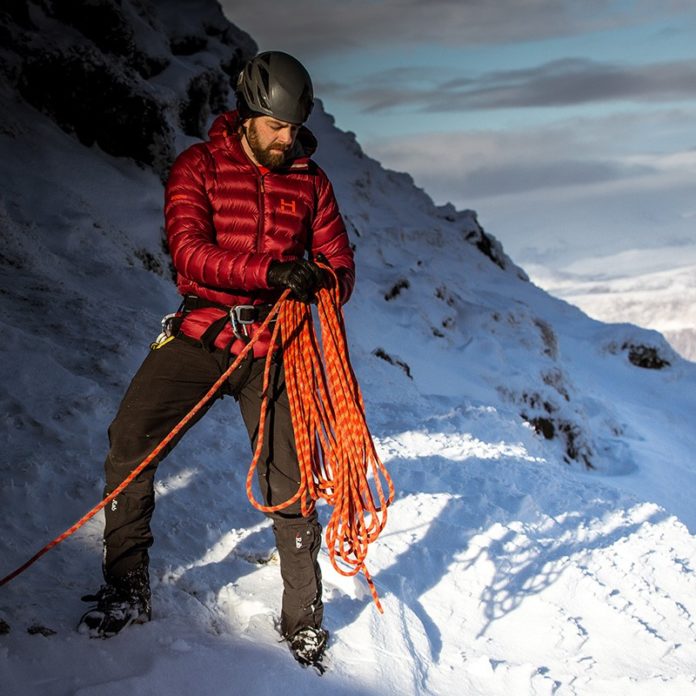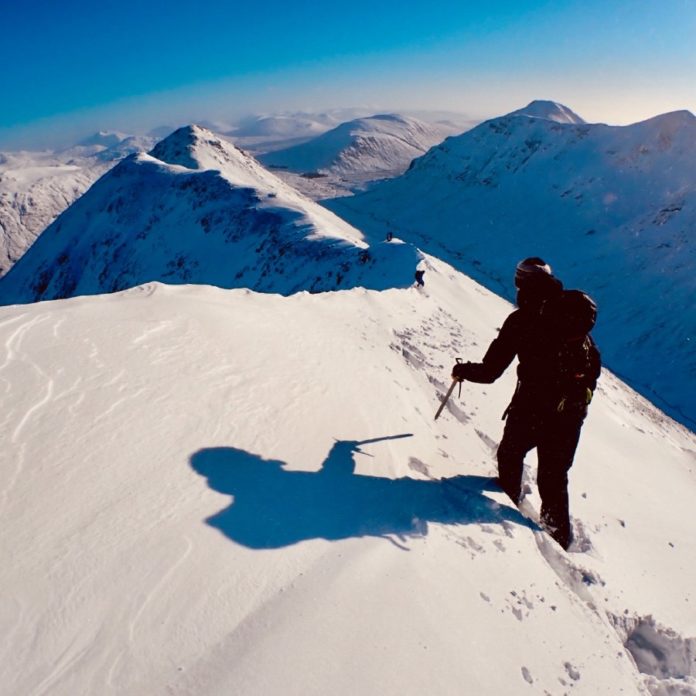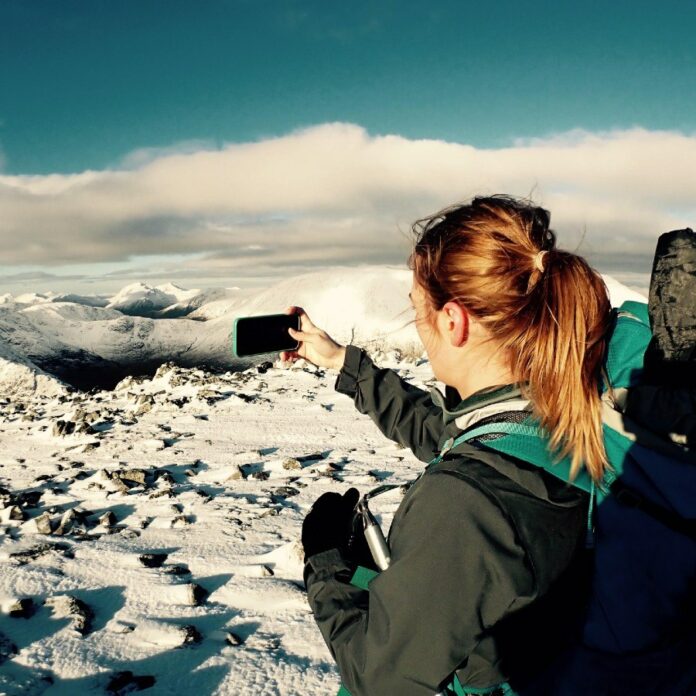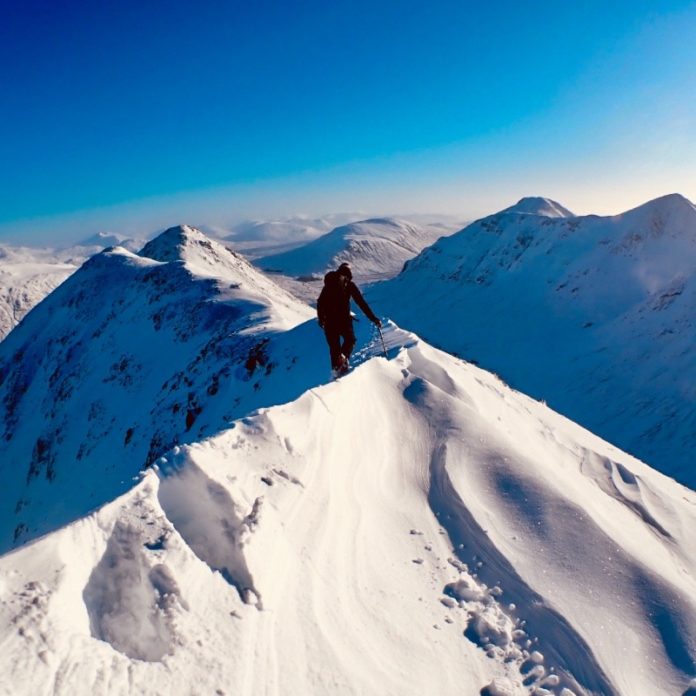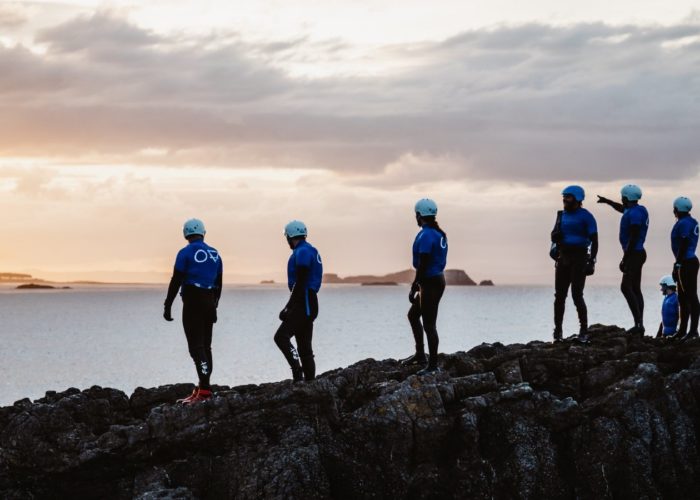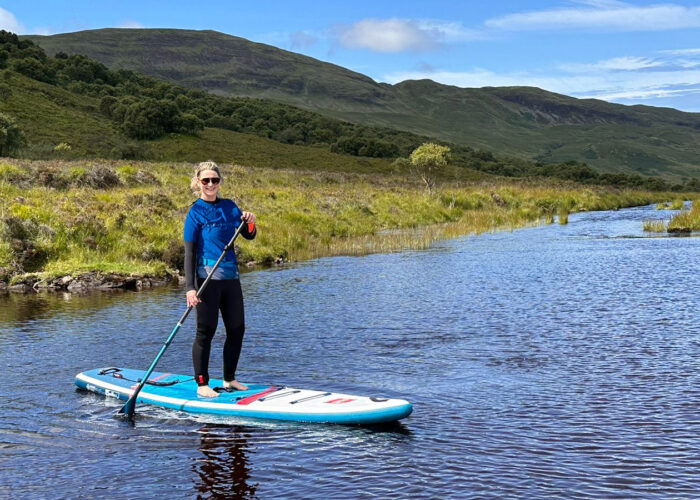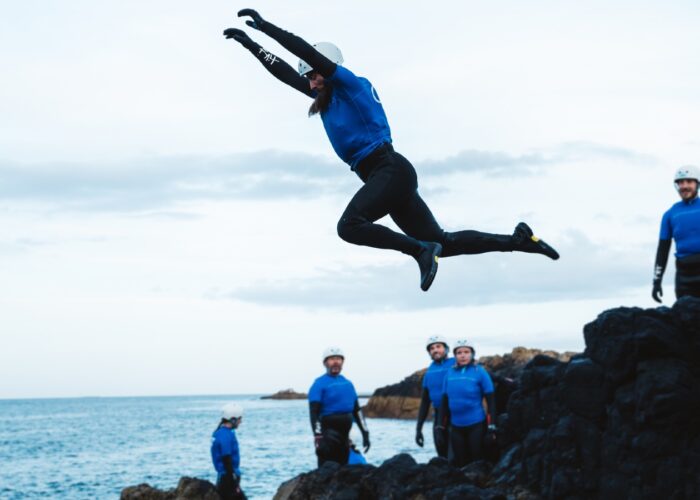Planning for Winter Mountaineering in Scotland
Expert Winter Hillwalking and Mountaineering Guides
Winter in the Scottish mountains is a serious and highly rewarding undertaking. Reduced daylight, snow and continually changing conditions in wild and remote locations make for a real mountaineering adventure.
We are in these mountains year round exploring and guiding clients to summits in some of the most spectacular locations in Europe. At Ocean Vertical we offer winter mountaineering, winter skills and climbing courses from late November to April. Check us out at https://oceanvertical.wpengine.com
Share
We are increasingly asked by client’s questions about being in the Scottish mountains in winter, and making that transition from summer to winter mountaineering. It is of course a huge subject with knowledge and experience gained over decades. So without writing a novel here’s an overview to planning for winter mountaineering in Scotland.
Planning for Winter Mountaineering
In winter mountaineering, planning, and planning in advance is everything. This is a serious activity that requires respect and understanding. As we often say the mountains are not dangerous, they are neutral and don’t take sides.
It’s us who makes them either safe, rewarding, transformational, or all too often fatal. We can enter their realm well prepared, with the correct planning, knowledge, clothing, equipment and skills. Or not. That’s our choice.
Clothing for Winter Mountaineering
Let's start by considering effective clothing for winter mountaineering. As an overview we are looking primarily at layering systems of lightweight synthetics. Why layering? The ability to regulate heat by adding and removing layers throughout the day is essential. One big “do it all jacket”, for example, just won’t work. You would be too hot with it on, and too cold with it off. Not much fun.
Layering for Winter Mountaineering
So we want to aim for a series of layers to regulate heat. Interestingly we have been in the mountains hundreds of times with clients. Rarely are they too cold. Almost always – they get too hot!
Always avoid cotton. Cotton is heavy, restrictive, gets wet and stays wet, and offers little insulation value. Keep your cool jeans for the Clachaig Inn when your day in the mountains is done.
Outer shell: A breathable waterproof jacket [with a hood] and trousers are essential. Along with your boots this will probably be your biggest investment in equipment. This is your outmost line of defence to block rain, sleet, snow, and critically in Scotland, wind.
We strongly recommend you opt for a “shell”, that is a single layer waterproof without an insulated lining, as you would often find in ski clothing. Layering, and the ability to regulate heat are a key part of your mountain day.
There are plenty brands at different price points using different materials out there. The two most common materials are GORE-TEX and eVent. Patagonia uses their own material H2No in some of their waterproof gear, which is also super effective. Our advice would be to do your research, choose a brand with ethical principles and manufacturing [such as Patagonia], and to buy once and buy well.
Bright colours for Winter Mountaineering - think safety
We would also say go for bright colours, being visible in the mountains is your friend. If there is a situation and you need rescued you would rather be dressed in pink and yellow than grey and black where from a distance you just look like another rock.
Lightweight insulated jackets are super effective in the mountains. They block wind, offer super insulation and can, depending on the model, shed snow and light precipitation. They also pack down to nothing and can be super lightweight.
Choose synthetic over down
Our advice: choose synthetic over down. Why? Unlike a number of years ago synthetic jackets now offer a similar warmth to weight ratio as down [similar, but not the same]. But unlike down, synthetic insulation still performs when wet – at up to 80% of its dry performance. Down on the other hand rapidly becomes useless when wet. And lets not forget, this is Scotland, where rain, sleet and damp are often the delights we operate in in the mountains.
And from the skin out: Synthetic stretch underwear. Believe us, you don’t want cotton chafing your precious parts for 8 hours. Base layer leggings and top. Thin synthetic or merino works well here. Keep the emphasis on “thin”. No matter how cold the day you will be surprised on how much heat the body generates climbing a mountain.
And in turn, the hotter you get the more calories you will burn to cool down. Its not a cycle you want to be in, and soon leads to exhaustion. Good knee length wool socks. These will need to work with your boots, and your boots will need to work with you. More on this later.
Synthetic shell trousers that dry quickly. Alternatively if you know the weather is going to be wet, snowing, or just grim use your waterproof shell trousers direct over your base layer leggings. Upstairs use a lightweight fleece, and on top of this a fleece or soft-shell jacket. It’s worth looking into windproof options here, and always go for the option with a hood.
Take two warm hats and two pairs of insulated waterproof gloves. Why two pairs? A 60mph gust of wind can rob you of many things, the favourite being your hat. I once watched the wind somehow reach inside my rucksack sitting next to me, rip my hat out and spit it 500 meters away faster than I could put my cold cup of coffee down. Same goes for gloves. You will need them in minus 15 wind-chill and you will need them dry.
Spare clothing
Spare clothing. Throw in a spare fleece or similar warm top. This could be the insulated jacket mentioned earlier. This is also super effective if you are going to be stationary for a prolonged period of time. [You shouldn’t be – but it happens]. Take your mobile phone with plenty charge in it. If its super cold out there burry it in a warm hat in your rucksack – the cold will leave it stone dead in an exposed external pocket – not much use if you need the make that emergency call.
Equipment for Winter Mountaineering
On our winter mountaineering days we provide key equipment including crampons, ice axe and winter boots. This allows folks to experience winter mountaineering without having to first make this investment.
The right winter mountaineering boots
We are including winter mountaineering boots here, because they are “equipment”, and one of the most important things you will use. Get these right and they won't cross your mind. Get these wrong and it will be the only thing on your mind for 8 hours, or significantly less if you have to turn around early and go home to sort out your blisters.
This is a huge subject so we will focus it down to some key points. First up be prepared to invest and spend some money. Good boots aren’t cheap and neither they should be. Make no mistakes; the Scottish mountains can be brutal and frequently tougher than the Alps. Cold [very]. Wet [very]. Windy [very]. Wind-chill [serious]. And your boots need to be able to deal with this. [Please scroll on Folks!]
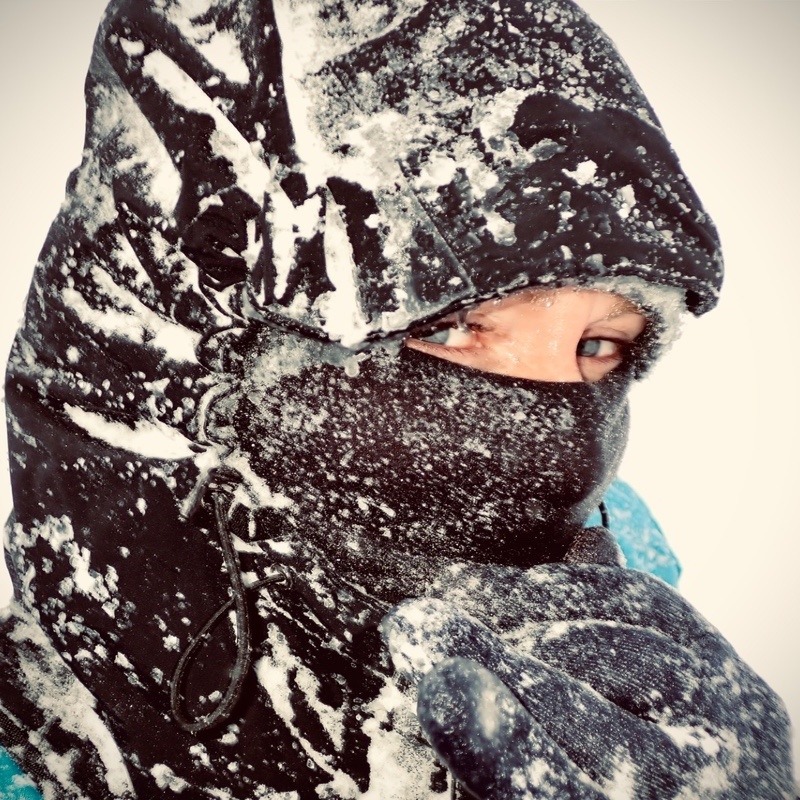
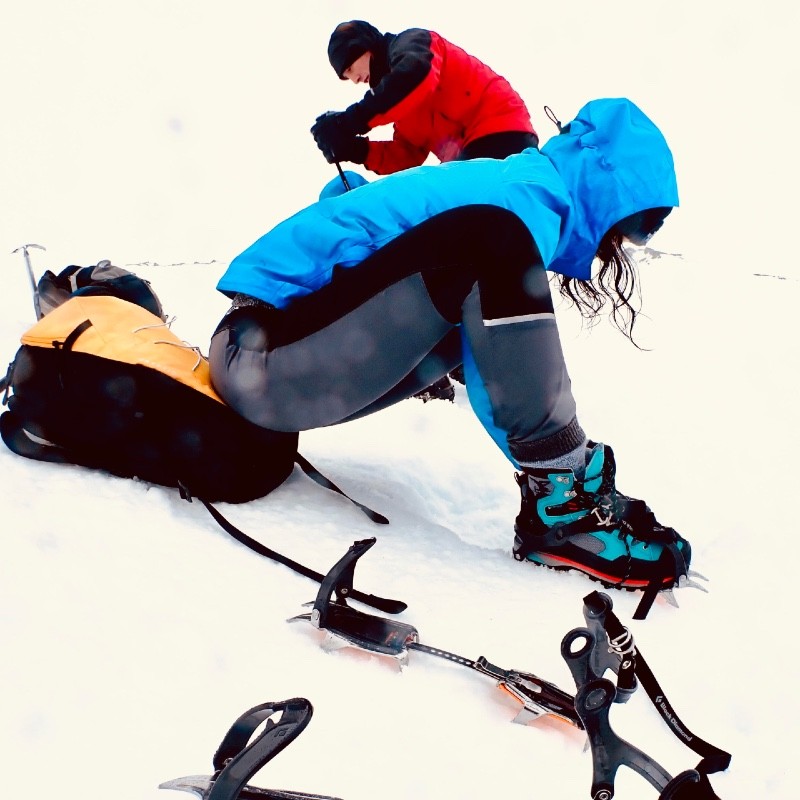
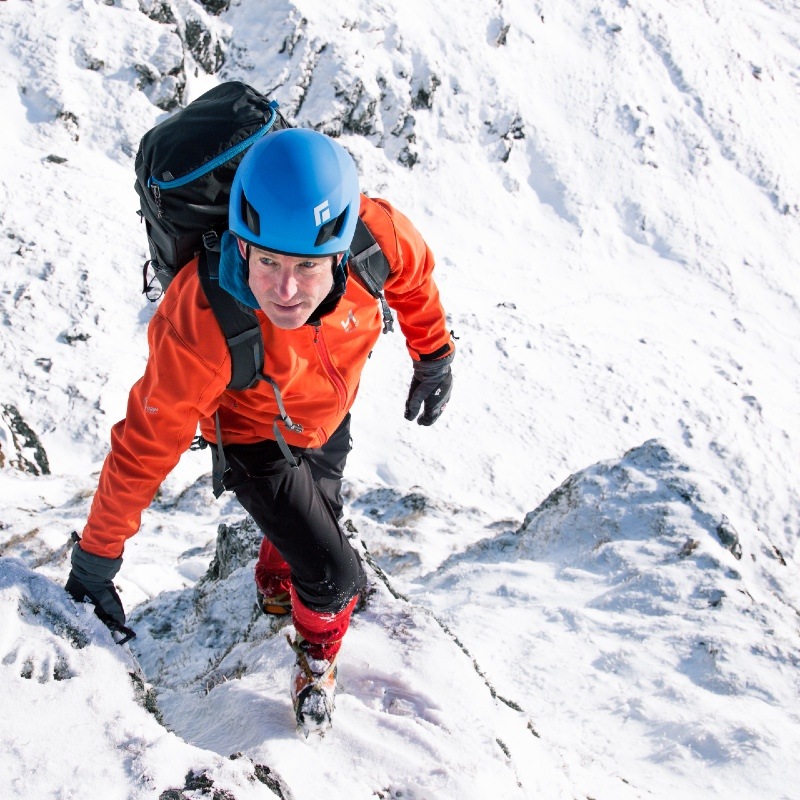
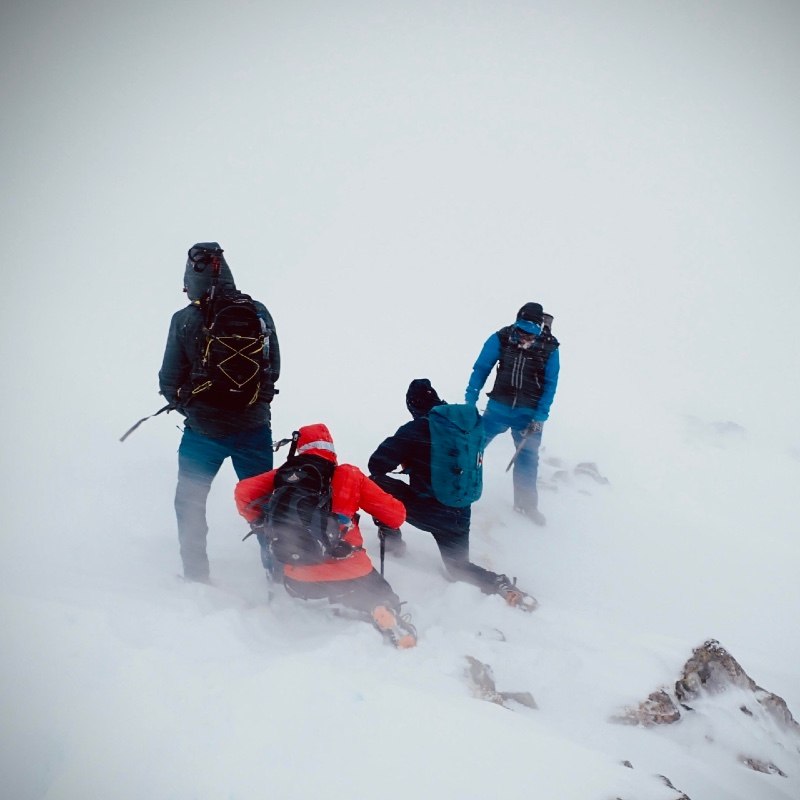
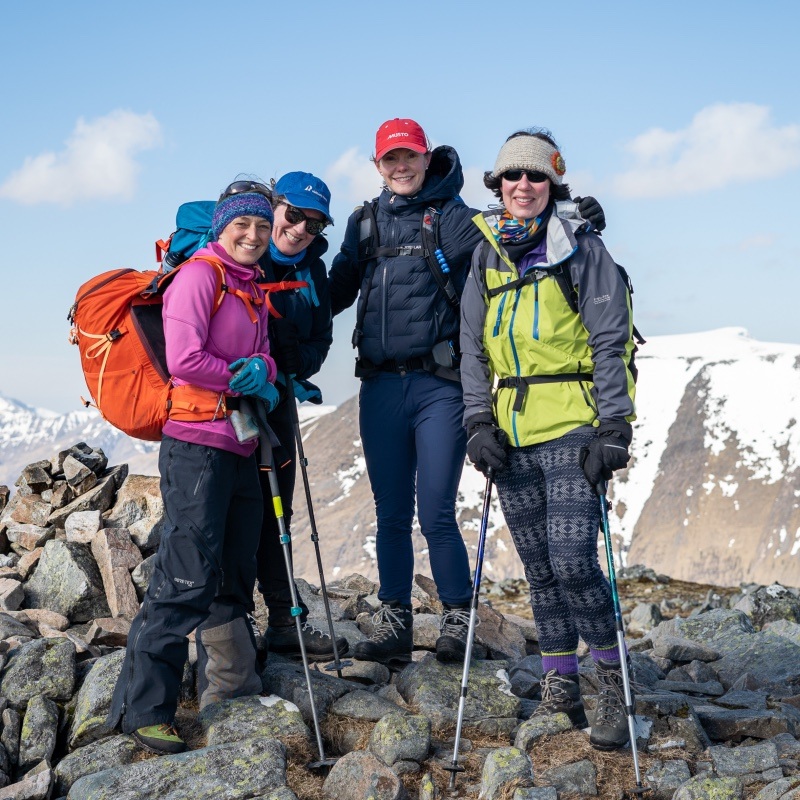
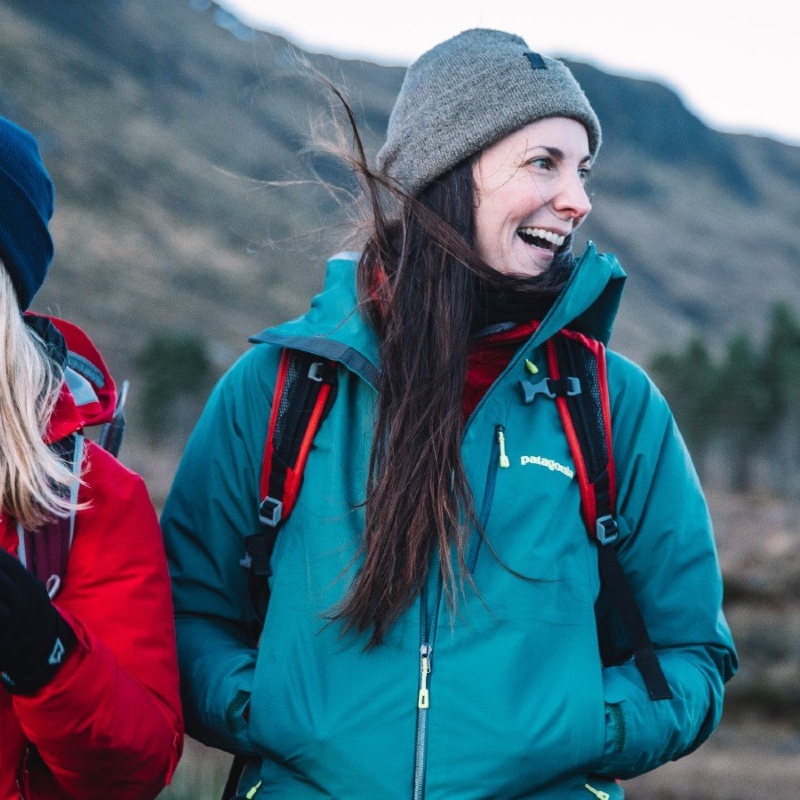
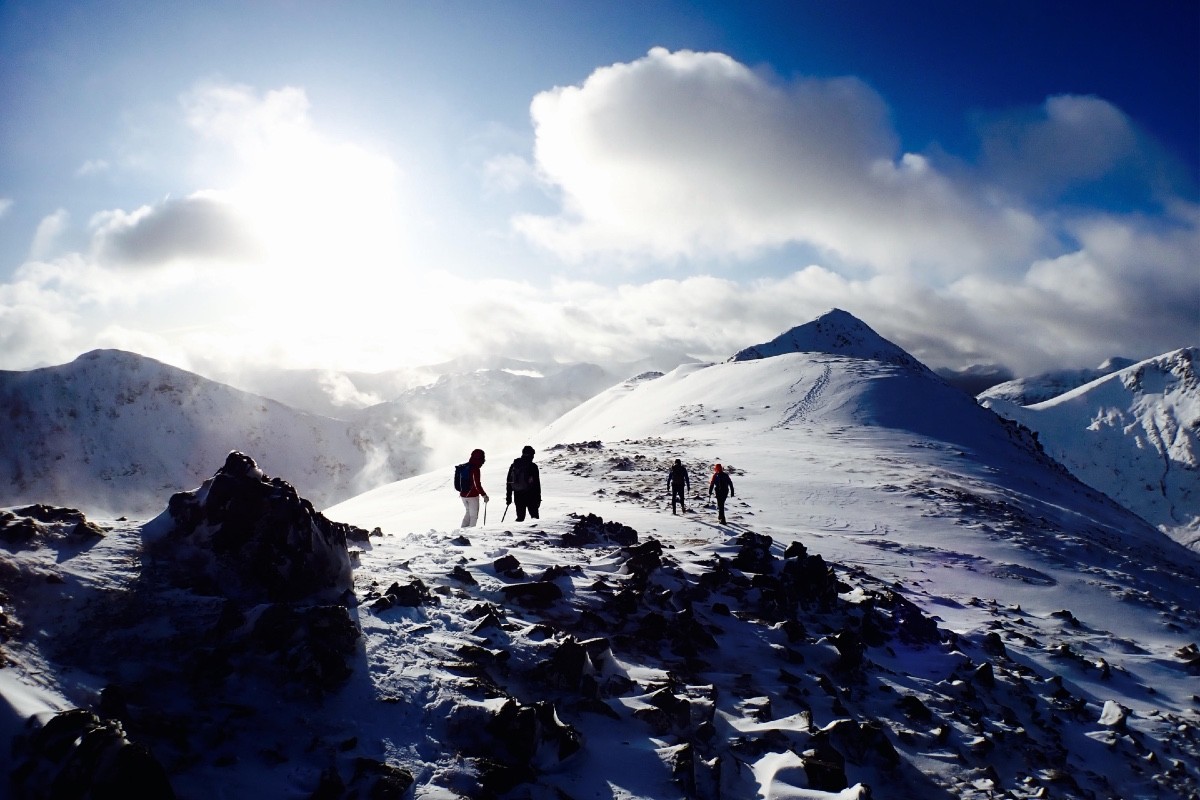
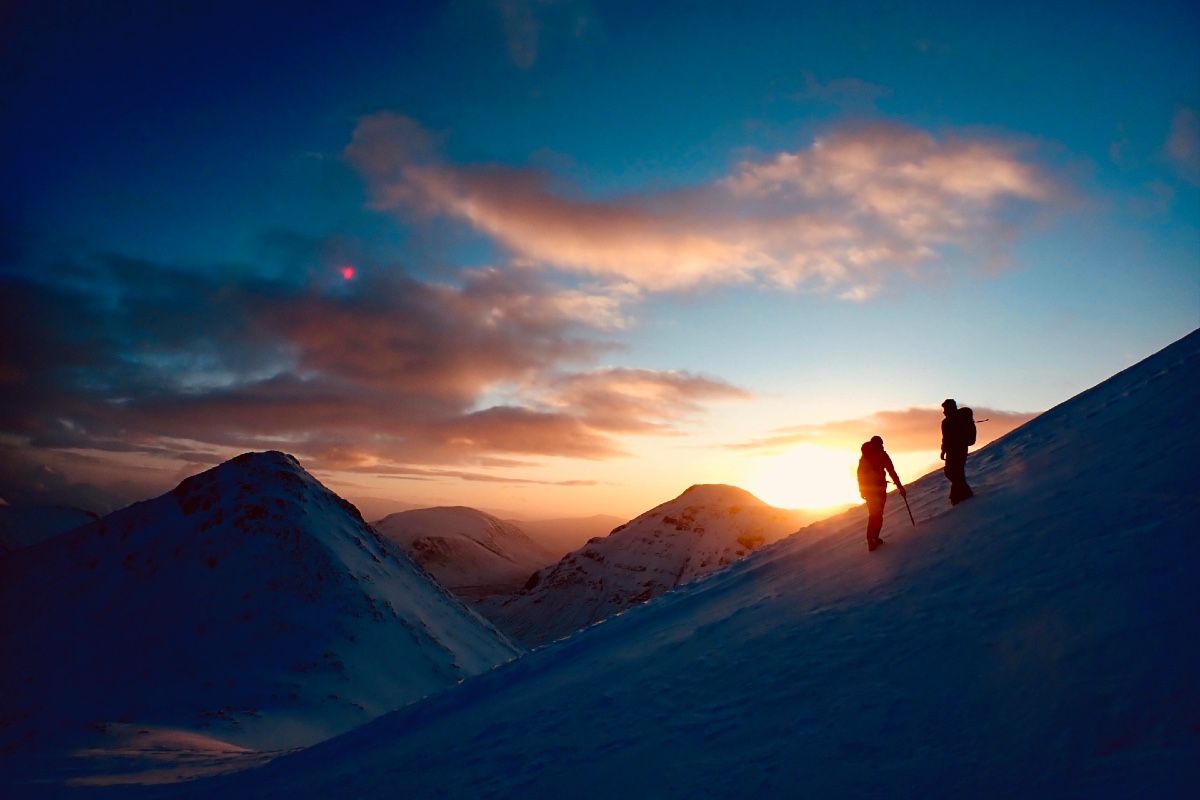
Sunrise over a frozen Buachaille Etive Beag, Glen Coe, Scotland.
Boots for Winter Mountaineering
Unfortunately one boot does not fit all situations. We are talking winter mountaineering so your boots will need to be B1 / B2 crampon compatible. Don’t skimp here. Pay for proper advice in a proper mountaineering shop such as Tiso. Try on different pairs with different sock combinations. Ask questions.
Do your research. Buy once and buy well. Forget online for something that seems cheap you haven’t tried on. Just don’t do it. If you were flying to New York would you want to use the cheapest aircraft? And it’s not the air fair we are talking about – it’s the construction of the plane. Nope, you would want quality and experience.
And when you land that awesome pair of winter boots start wearing them in before you head up to Glen Coe. Wear them in the house, up the stairs, doing the cooking, walking the dog, sleep in them if you want to. Just don’t take them out of the box for the first time at 8am on a freezing morning in Glen Coe.
Ice Axe and Crampons for Winter Mountaineering
This is as technical as your equipment will get. Make sure your ice axe is a winter mountaineering axe and not a climbing axe, and make sure it’s the right length for you. Also, as soon as you get home with your lovely new axe take the lanyard off it at throw it in the bin or hang up a birdhouse with it. Just don’t use them.
Your crampons will need to work with your boots. So when you are in Tiso on a boot mission it makes sense to wrap crampons into this. Also be sure to get a bag for your crampons. Sharp teeth and GORE-TEX jackets in a rucksack don’t like each other.
Now that you have your “technical equipment” the question is do you know how to fit and use them? If this is all new to you the answer is probably not.
So on those first journeys into the winter mountains make sure there is an experienced member of your group. Better still; invest in a winter skills course with a professional mountaineering company. We run winter mountaineering days including winter skills from November to April https://oceanvertical.wpengine.com
Rucksack. We use 40L rucksacks and always with a separate waterproof liner.
Gaiters. Super effective in deep snow and wet conditions. If you can, make sure your waterproof trousers go over the top of them.
OS map of the area you will be in and compass. Both are of course useless unless you know how to use them. Again, think winter skills and navigation course.
Head torch. You shouldn’t be in the mountains after dark. But plenty folk get caught out for plenty of reasons; so take one.
Goggles. Yes goggles, the type you might wear skiing. Believe us, horizontal and vertical hail and spindrift with 60mph gusts; you will be thankful they are in your bag.
Emergency shelter. Lightweight, simple and very effective. If things are going south and your group needs to hunker down for any reason these will protect you from the elements and keep the warmth in.
A basic first aid kit for dealing with cuts, scratches and blisters. Anti-inflammatory and painkillers.
Weather forecast for Winter Mountaineering
The weather will play a fundamental role in any mountaineering day in Scotland, no matter what time of year. And in winter the conditions can absolutely brutal.
We have talked about the right clothing and equipment, but this only forms part of your winter day; understanding the weather and its implications are critical.
Conditions can vary enormously from warm, calm, blue-sky days to ferocious winds, heavy rainfall, blizzard conditions and temperatures well below freezing. And on some days the transformation from a pleasant day to one which challenges survival can be terrifyingly sudden.
The Mountain Weather Information Service
Thankfully we have the excellent Mountain Weather Information Service, which provides specific weather forecasts to aid mountain safety for 10 upland regions across the UK. https://www.mwis.org.uk Within Scotland the areas covered are The North West Highlands, West Highlands, Cairngorms NP and Monadhliath, South Eastern Highlands and the Southern Uplands.
The forecasts are for 3 days and offer invaluable information to inform your day in the mountains. If you are looking to get out this winter we would recommend you familiarise yourself with this service, even if your trip isn’t for a few months.
Wind in the mountains - wind chill and speed
The real show stopper in the mountains can be the wind. Snow, rain, sleet and sub zero temperatures can usually be managed and planned for. It’s the wind and those unpredictable gusts that can introduce an unacceptable level of risk.
Combine strong winds with sleet and rain, and hypothermia suddenly becomes a reality. Here’s a look at wind speeds we see every year in the mountains;
20 – 30mph. This is fairly common. It’s also the wind speed that will create the severest wind chill. 0 degrees becomes –10 degrees.
30 – 40mph. This is also fairly common, and will impact on your balance and footing.
40 – 50mph. This will be arduous and your likely to be blown over / loose your balance.
60 – 70mph. We would not take clients out in this. Attempting walking would be seriously challenging and exhausting, with a high risk of injury.
70 + Forget it. This represents an unacceptable risk to life. Keep to the lower Glens or retire to the Clachaig Inn. A key aspect of planning for mountaineering is knowing when to say “no”, no matter how far you may of travelled, or how long you have been looking forward to this.
The path to Hell is often paved with good intentions. These mountains are millions of years old, and will still be there for your next trip.
Avalanche Awareness
Avalanche awareness and planning; just as with the weather, the planning process starts at home, and can be built upon over the season. If there’s snow in the mountains, there will be avalanches, and 90% of victims trigger their own avalanches.
Constantly changing weather factors, from temperature and snowfall to wind speed and direction, can affect the strength and stability of the snowpack. You should familiarise yourself with the Scottish Avalanche Information Service https://www.sais.gov.uk and critically, understand how to interoperate and use this information throughout the winter season. We would again advise on a winter skills course.
Within the SAIS website you will see “The Hazard Compass Rose”. This shouldn’t be used in isolation and is a supplement to the text descriptions. It does offer a visual and easy to interoperate picture of the distribution of hazard in relation to aspect, compass direction and elevation.
This can be effectively combined with your map reading and dynamic visual assessments of the snow conditions. It will also allow you to make informed route choices and judgments on where and when to go when planning in the days leading up to your winter day.
As part of your planning “tool kit” we would highly recommend you download and study the Be Avalanche Aware document which outlines the decision making process and the fundamental considerations of assessing hazards in the winter mountains:
https://www.mountaineering.scot/assets/contentfiles/pdf/Be-Avalanche-Aware.pdf
It’s a lot of information isn’t it? So it should be. It takes years of experience and training to become a skilled winter mountaineer. But we all need to start somewhere, and in Scotland we are blessed with some of the most beautiful mountains in the world on our doorstep.
Being in the wilderness, experiencing true and authentic adventure can change lives, it’s a remarkable force for good. Get in touch with us at www.oceanvertical.com and we can make this happen for you.
#WelcomeToAdventure
"As we often say the mountains are not dangerous, they are neutral and don’t take sides. It’s us who makes them either safe, rewarding, transformational, or all too often fatal. We can enter their realm well prepared, with the correct planning, knowledge, clothing, equipment and skills. Or not. That’s our choice".
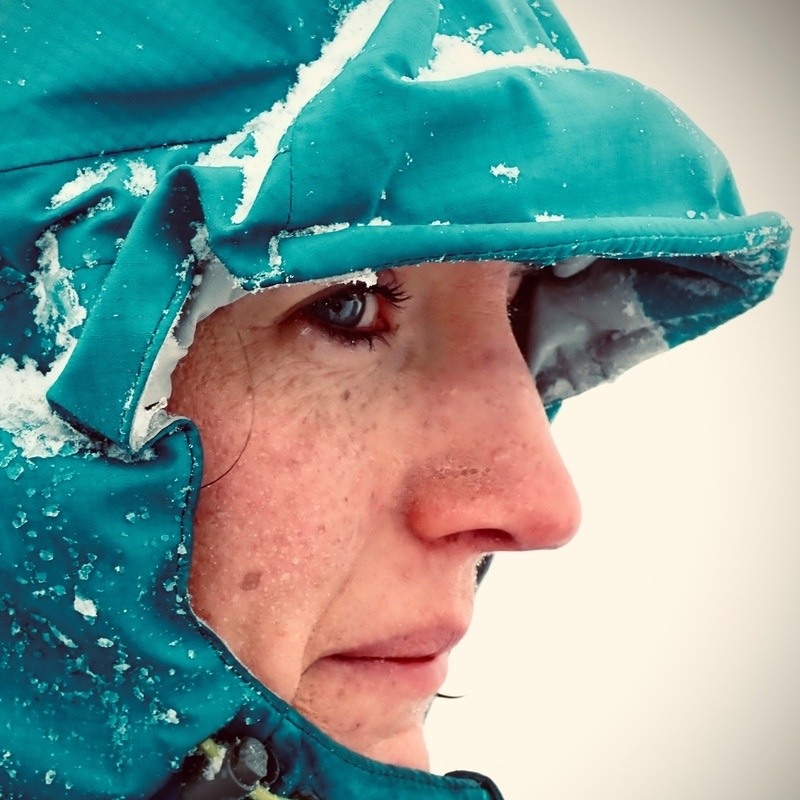
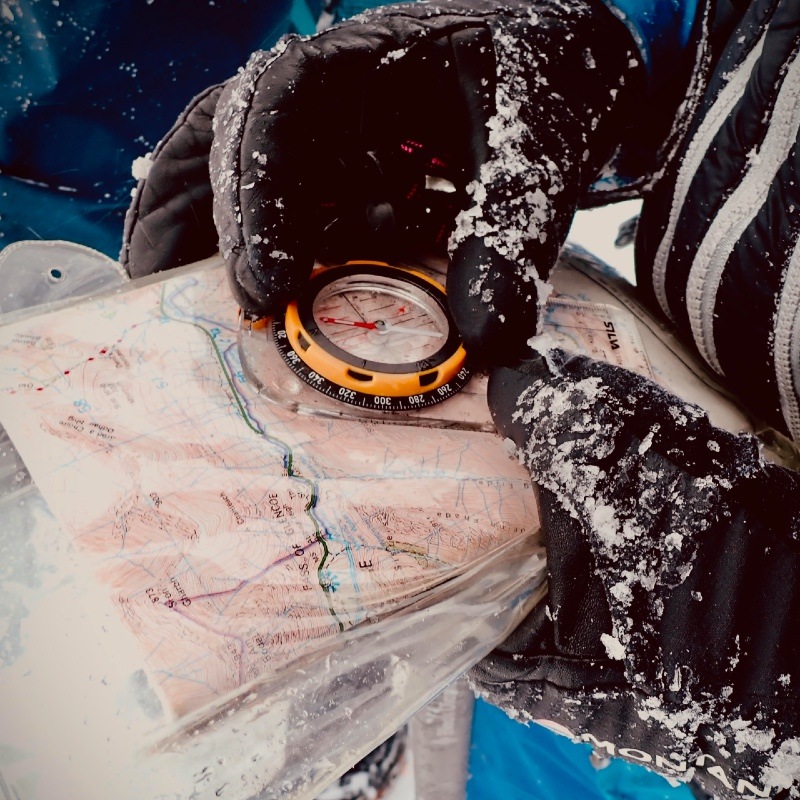
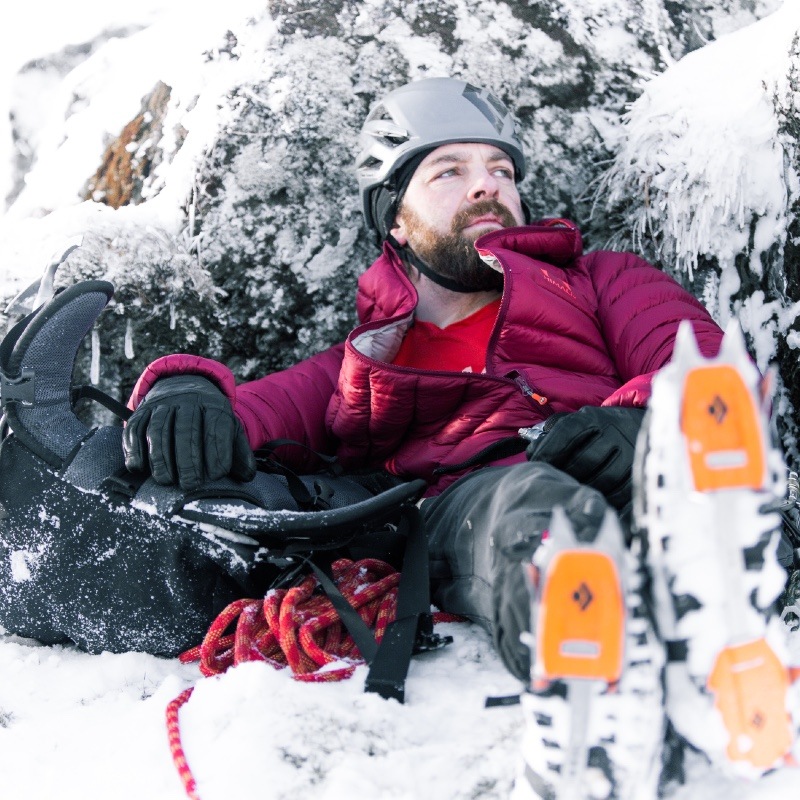
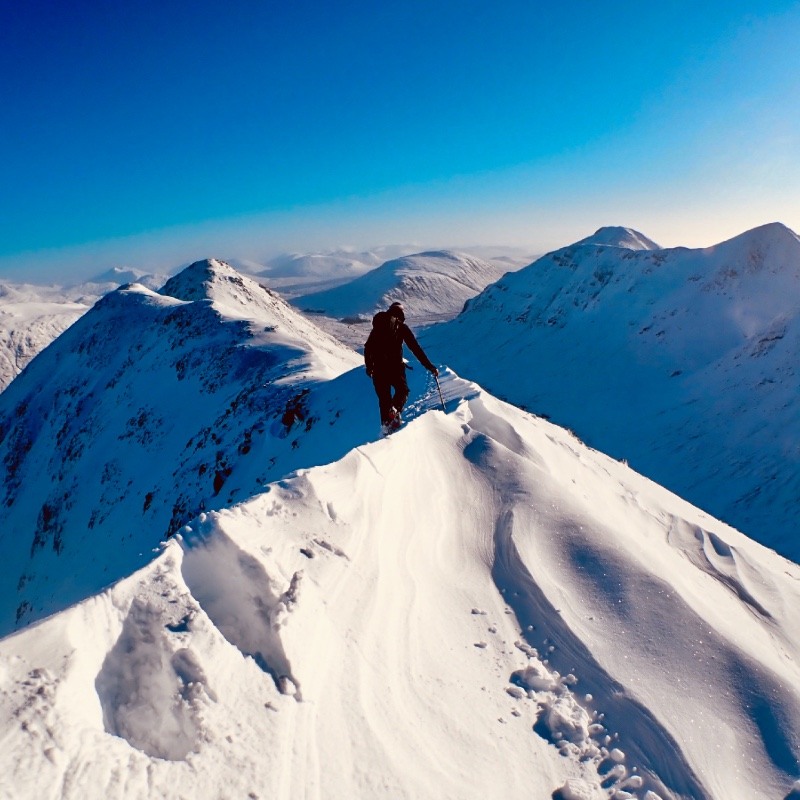
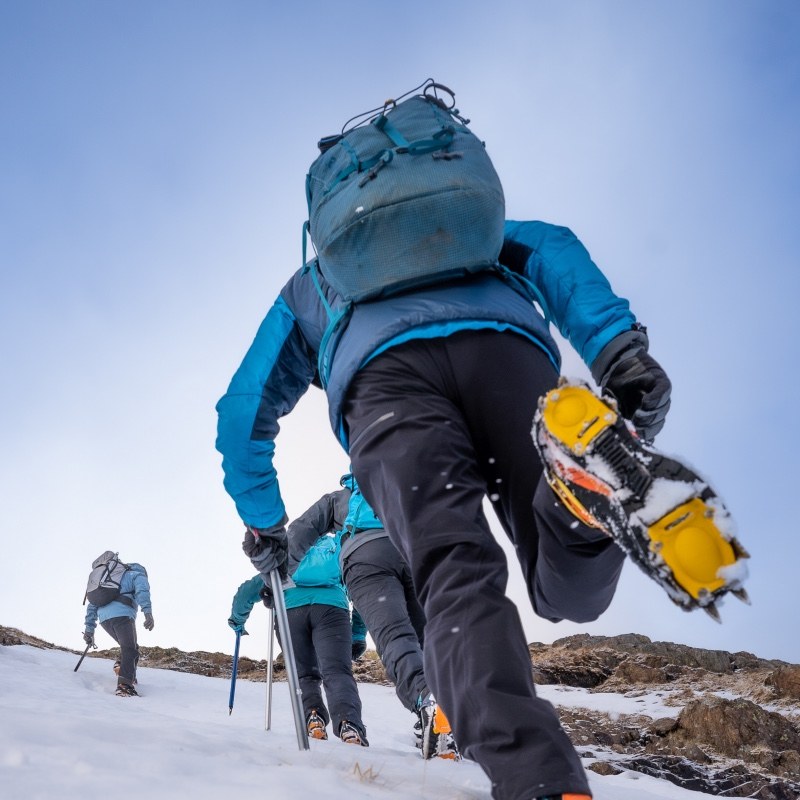
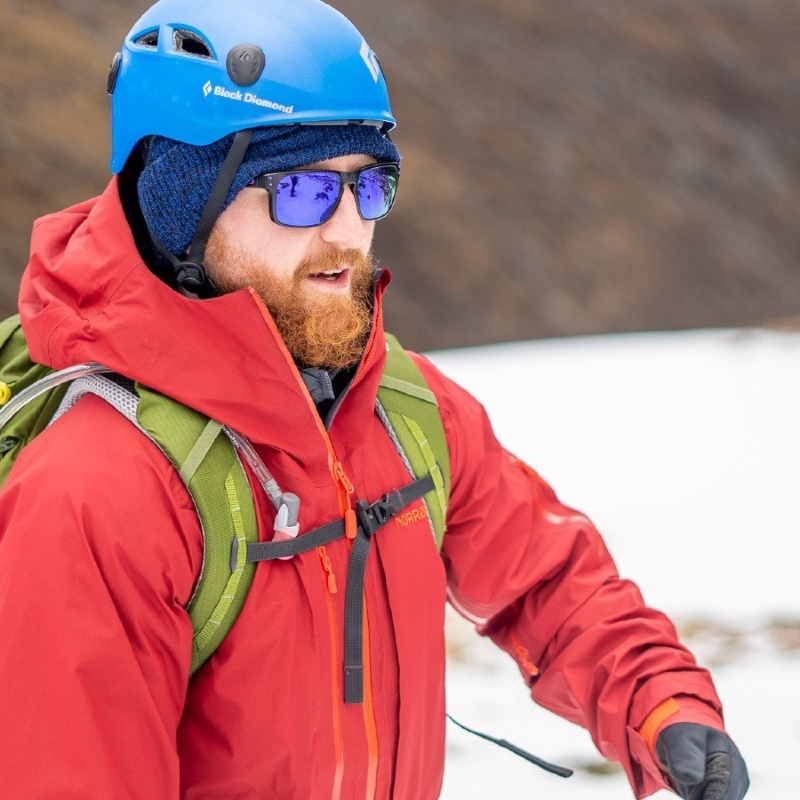
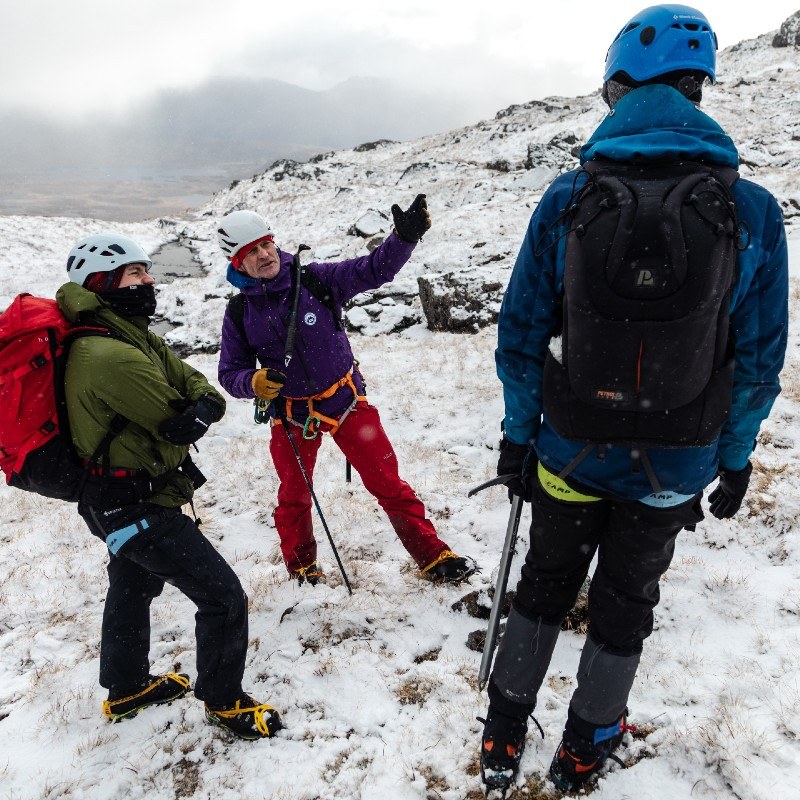
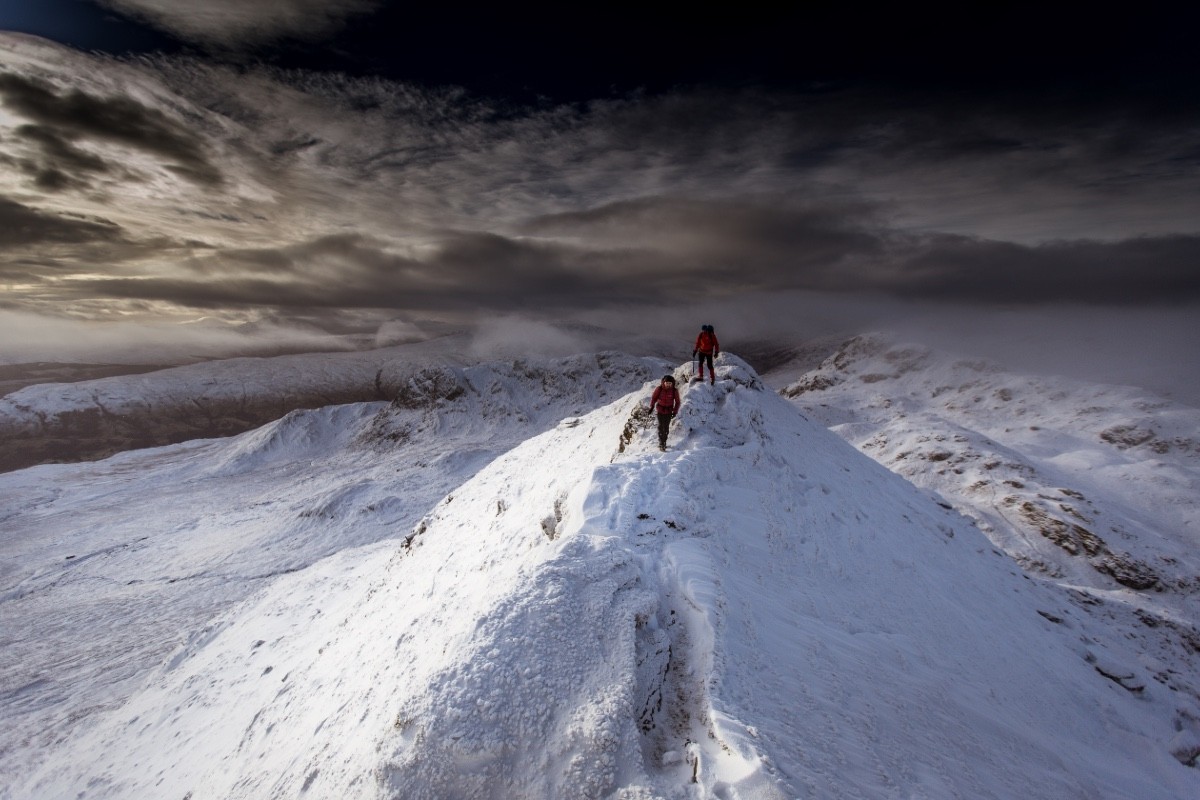
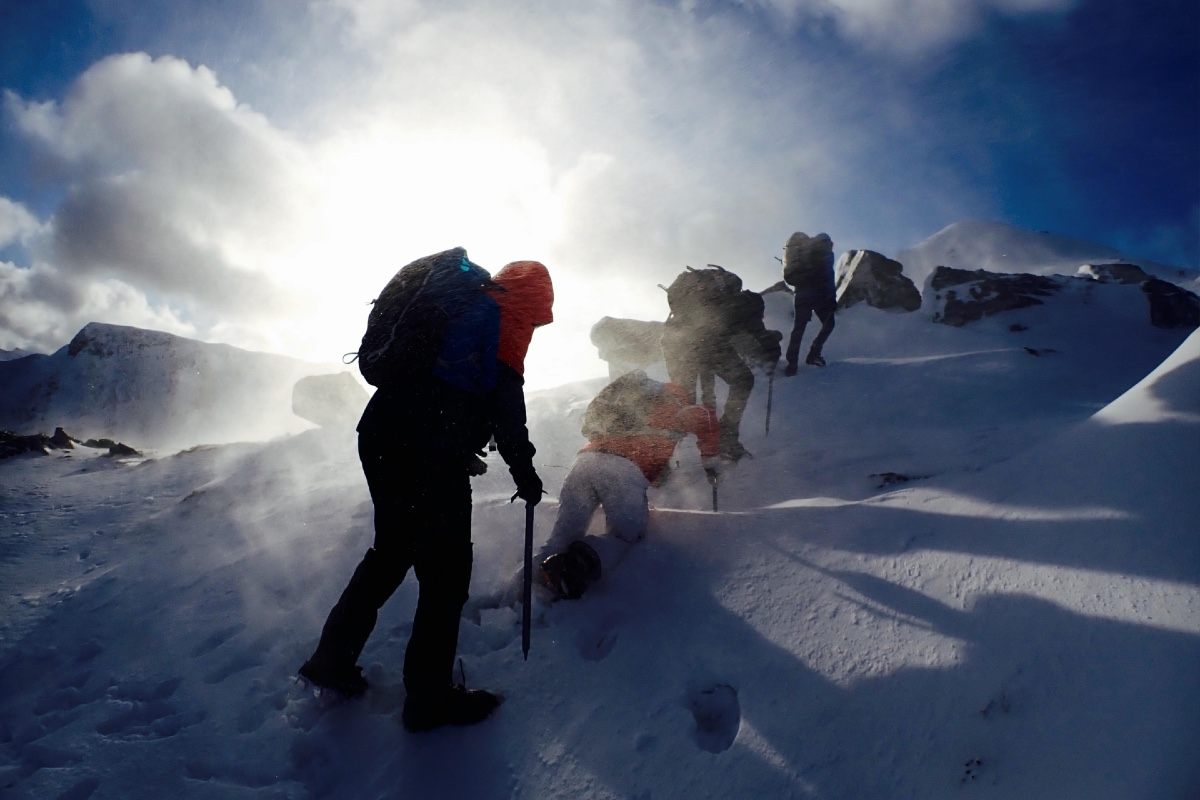
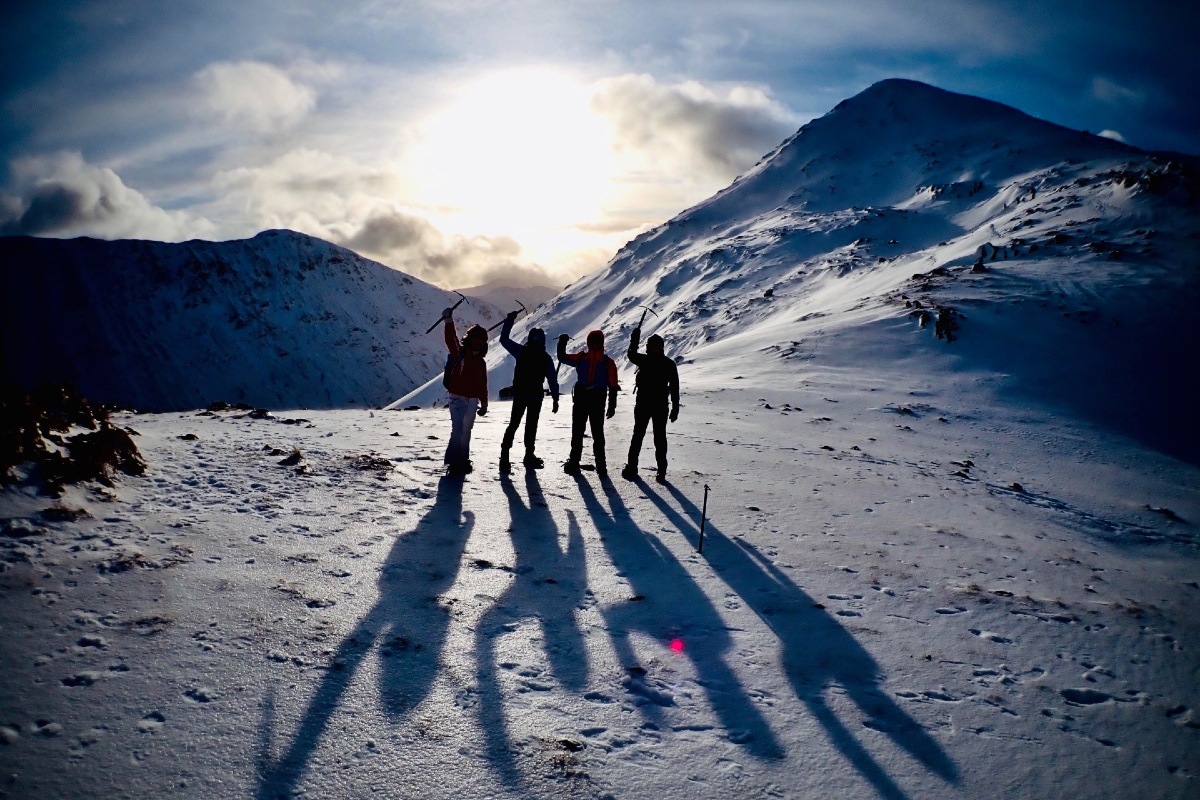
Featured trips
Share
